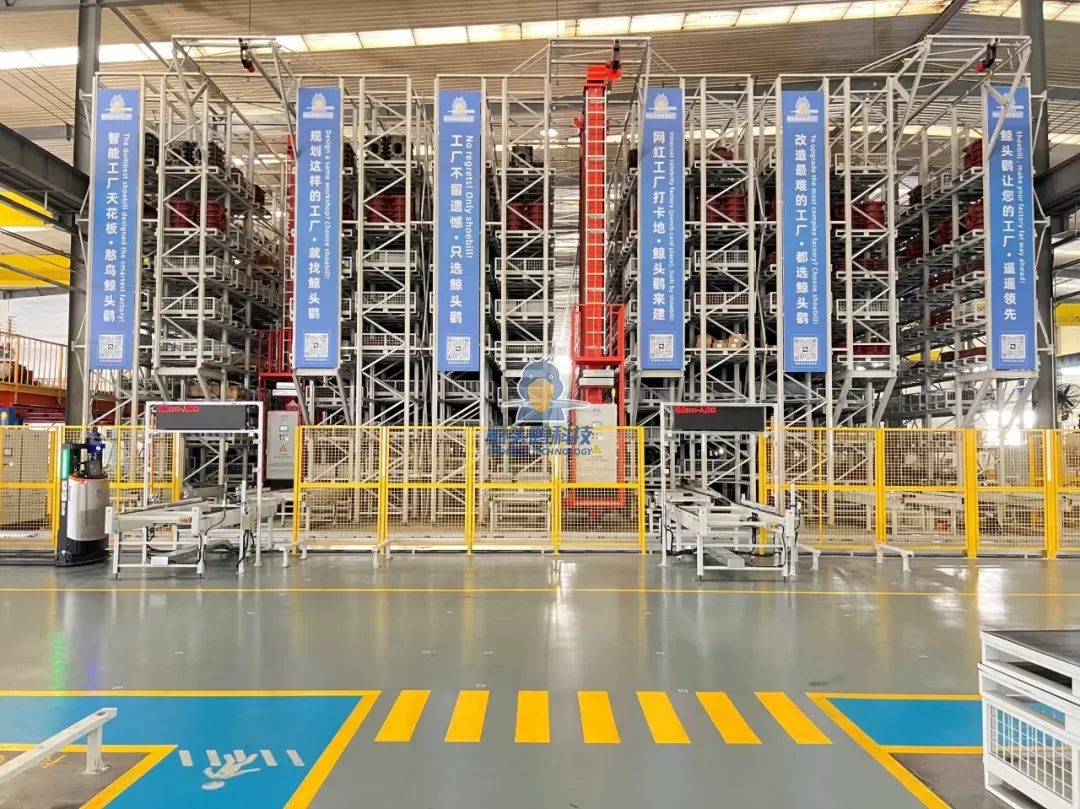In today’s digital landscape, where cyber threats are increasingly sophisticated, the placement of firewalls within a network architecture is critical for ensuring robust security. Firewalls serve as the first line of defense against unauthorized access, malware, and other cyber threats. However, the effectiveness of a firewall is heavily influenced by its placement within the network. This article delves into the best practices for firewall placement, exploring various network topologies, and providing actionable insights for optimizing your security posture.
Understanding Firewall Types and Their Roles
Before discussing placement, it’s essential to understand the different types of firewalls and their specific roles:
- Network Firewalls: These are typically hardware-based solutions that filter traffic between networks. They can be deployed at the perimeter of a network to protect internal resources from external threats.
- Host-based Firewalls: Installed on individual devices, these firewalls monitor and control incoming and outgoing traffic based on predetermined security rules.
- Next-Generation Firewalls (NGFW): These advanced firewalls incorporate features such as intrusion prevention systems (IPS), deep packet inspection, and application awareness, providing a more comprehensive security solution.
Layered Security Approach: Where to Place Your Firewall
A layered security approach is essential for effective network defense. Here are the optimal placements for firewalls within various network architectures:
- Perimeter Placement
The most common and traditional placement for firewalls is at the network perimeter. This is where the internal network connects to the external internet. By placing a firewall at this juncture, organizations can effectively filter incoming and outgoing traffic, blocking unauthorized access attempts and malicious traffic before it reaches internal resources.
Best Practices:
- Deploy a Dual Firewall Setup: Consider using two firewalls in a demilitarized zone (DMZ) configuration. The first firewall can filter incoming traffic, while the second can monitor outgoing traffic, providing an additional layer of security.
- Regularly Update Firewall Rules: Ensure that the firewall rules are regularly updated to reflect the latest threat intelligence and organizational policies.
- Internal Segmentation
While perimeter firewalls are crucial, internal segmentation firewalls are equally important. These firewalls are placed between different segments of the internal network, such as between departments or critical systems.
Benefits:
- Containment of Breaches: If a breach occurs in one segment, internal firewalls can help contain the threat, preventing lateral movement across the network.
- Granular Control: Internal firewalls allow for more granular control over traffic flows, enabling organizations to enforce policies based on user roles or data sensitivity.
- Cloud Environments
With the rise of cloud computing, organizations must also consider firewall placement within cloud environments. Cloud firewalls can be deployed at various levels, including:
- Virtual Firewalls: These can be integrated into cloud services to protect virtual machines and applications.
- API Gateways: Placing firewalls at API gateways can help secure data exchanges between cloud services and on-premises systems.
Considerations:
- Understand Shared Responsibility Models: Different cloud providers have varying security responsibilities. Ensure that your firewall strategy aligns with the provider’s shared responsibility model.
Evaluating Network Traffic Patterns
To determine the best placement for firewalls, organizations should evaluate their network traffic patterns. Conducting a thorough analysis can reveal:
- High Traffic Areas: Identify areas with significant data flow that may require additional protection.
- Sensitive Data Locations: Pinpoint where sensitive data resides and ensure that firewalls are strategically placed to safeguard these assets.
Conclusion: A Holistic Approach to Firewall Placement
The question of where to place a firewall is not merely about choosing a location; it’s about adopting a holistic approach to network security. By strategically placing firewalls at the perimeter, within internal segments, and in cloud environments, organizations can create a multi-layered defense that effectively mitigates risks.




